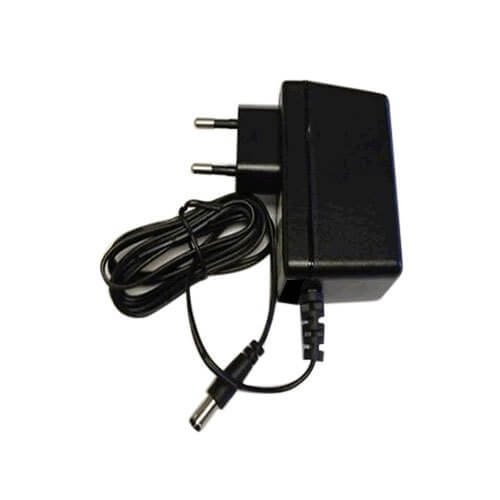Dc Power Brick
4 min read
1. DC power brick – what is it and how does it work?
A DC power brick, also known as a DC power supply or simply a power brick, is a device used to convert AC power into DC power. The most common type of power brick is the wall wart, which plugs into a standard AC outlet. Power bricks are used to power a variety of devices, including computers, video game consoles, and portable electronics.
How does a DC power brickwork?
A DC power brick contains a transformer that converts AC power into DC power. The transformer is typically housed in a metal case with a power cord that plugs into an AC outlet. The transformer converts the AC power into DC power, which is then stored in a capacitor. The capacitor is used to smooth out the DC power so that it can be used to power devices that require a constant DC power supply.
2. The benefits of using a DC power brick
A DC power brick, also known as a DC power adapter, is a device that converts alternating current (AC) into direct current (DC). It is commonly used to power electronic devices that require DC power, such as laptops, cell phones, and iPods. DC power bricks are also used to charge batteries.
There are several benefits to using a DC power brick. One benefit is that it is more efficient than using a traditional power adapter. A DC power brick converts AC to DC power more efficiently than a power adapter. This means that less power is lost in the conversion process, which results in lower electric bills.
Another benefit of using a DC power brick is that it is more durable than a power adapter. Power adapters are often fragile and can be easily damaged. DC power bricks are much more durable and can withstand being dropped or knocked around.
Finally, DC power bricks are more convenient than power adapters. They are smaller and lighter, which makes them easy to transport. They also come with a variety of different plugs, so you can use them in different countries.
3. The disadvantages of using a DC power brick
A DC power brick is a power supply that converts AC power to DC power. It is typically used to power electronic devices that require DC power, such as computers, laptops, and tablets. While a DC power brick can be a convenient way to provide power to your devices, there are some disadvantages to using one.
One of the biggest disadvantages of using a DC power brick is that they can be very heavy. This can make them difficult to transport, and can also add to the shipping costs of your devices. Additionally, DC power bricks can generate a lot of heat, which can be a problem if you are using them to power devices that are sensitive to heat.
Another disadvantage of DC power bricks is that they can be less efficient than other power supplies. This means that they can waste more power, and generate more heat. Additionally, DC power bricks can be more expensive than other power supplies.
Finally, DC power bricks can be dangerous if they are not used properly. If the power brick is not properly grounded, it can cause an electrical shock. Additionally, if the power brick is not properly cooled, it can overheat and catch fire.
Overall, DC power bricks have some advantages and some disadvantages. If you are considering using a DC power brick to power your devices, you should weigh the pros and cons to decide if it is the right choice for you.
4. How to choose the right DC power brick for your needs
When it comes to choosing a DC power brick, there are a few things you need to take into consideration. Below, we outline four key factors to help you make the best decision for your needs.
1. Output voltage
The first thing you need to consider is the output voltage of the power brick. This will need to match the voltage of your device in order for it to work properly.
2. Output current
The output current is another important factor to consider. This will need to be high enough to support the power requirements of your device.
3. Input voltage
The input voltage is also something you need to take into consideration. This will need to be compatible with the voltage of your power source.
4. Efficiency
Last but not least, you need to consider the efficiency of the power brick. This is important because it will determine how much power is lost during use.







